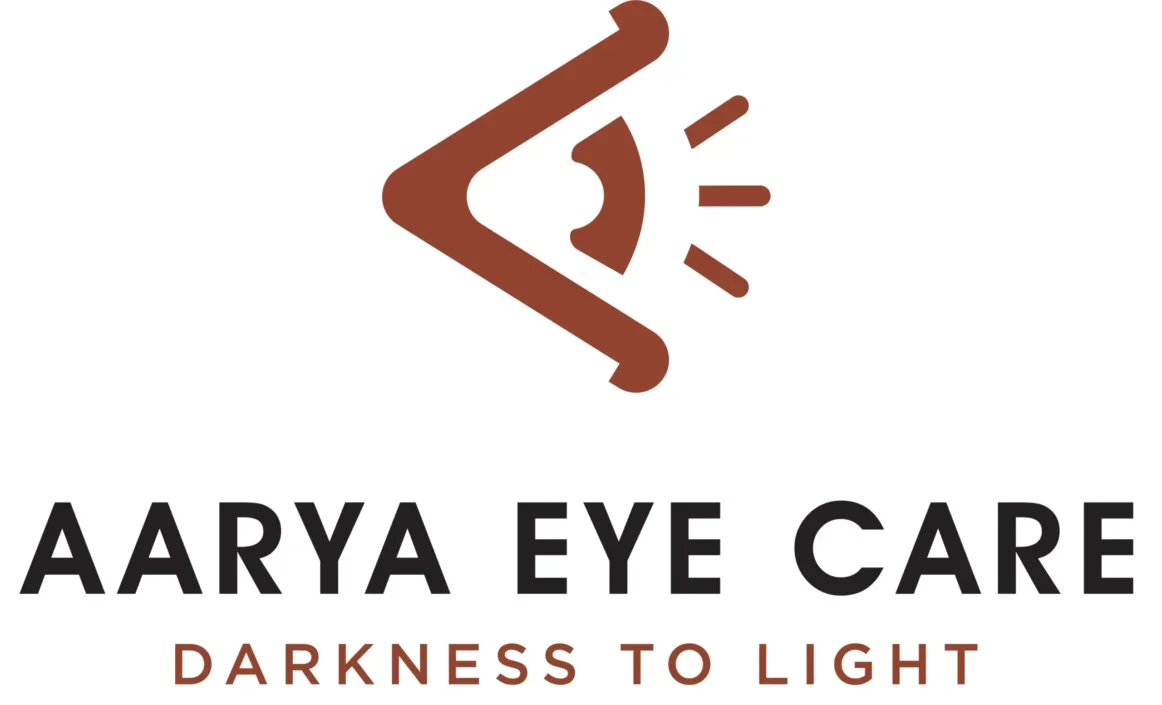Droopy Eyelids (Ptosis): Causes, Diagnosis, and Treatment Explained
Droopy Eyelids (Ptosis) is a condition that can mildly affect both your appearance and your ability to see things clearly. Droopy eyelids may seem like a cosmetic concern at first, but understanding the underlying causes of it and proper treatments is essential for protecting your eye health.
At Aarya Eye Care, recognized as the best eye care hospital in Thrissur Kerala, we provide precise diagnosis and specialized treatment for all forms of ptosis, which combines expertise with compassion.
What Is Ptosis?
Ptosis, characterized by the drooping of the upper eyelid, often results from weakened or dysfunctional muscles responsible for lifting the eyelid.
Ptosis is a condition that can affect one or both eyes, either from birth (congenital) or later in life (acquired). While mild cases may cause only aesthetic concerns, severe ptosis can obstruct vision.
Types of Ptosis
Recognizing the specific type of ptosis is crucial for determining the most effective treatment approach. Congenital ptosis and Acquired ptosis are the most common types of ptosis, which can affect both children and adults.
- Congenital Ptosis: Congenital ptosis is caused by an underdeveloped levator muscle, which is most commonly seen in infants and young children. It may lead to amblyopia (lazy eye) if it is untreated.
- Acquired Ptosis: Acquired Ptosis mostly affects aged people and also it can be related to different causes such as
- Age-related Ptosis: Caused by weakening of the levator muscle over time.
- Neurological Ptosis: Related to conditions like nerve palsy, Horner’s syndrome, or myasthenia gravis.
- Traumatic Ptosis: Triggered by injury or post-surgical effects.
Causes of Droopy Eyelids
Several factors can contribute to eyelid drooping. Various factors can contribute to ptosis, making it essential to identify the underlying cause as the initial step in its effective management.
- Age-related muscle weakening (levator dehiscence)
- Neurological conditions may cause to this such as myasthenia gravis or Horner’s syndrome
- Injury or trauma to the eyelid
- Benign or abnormal growths around the eye
- Congenital muscle underdevelopment
Symptoms
Symptoms of ptosis often go unnoticed until they begin affecting daily activities. Look out for:
- Eyelid partially or fully covering the pupil
- Feeling of heaviness or fatigue in the eyelid
- Headaches or eye strain from compensating for vision
- Tilting the head back to see properly
- Double vision in neurological cases
When to See an Eye Specialist?
Timely consultation with an eye specialist is key, especially in the following situations such as Ptosis appears suddenly, Vision becomes impaired, check Eyelid changes are accompanied by other neurological signs, A child shows signs of eyelid drooping (to prevent amblyopia).
At Aarya Eye Care, our specialists assess both functional and cosmetic aspects to recommend precise care.
Diagnosis of Ptosis
An accurate diagnosis requires a detailed eye examination:
- Visual inspection of eyelid position and function
- A slit-lamp test aids in evaluating the structure of the eyelid and eye.
- Visual field testing if upper eyelid is blocking vision
- Neurological assessment if symptoms suggest nerve involvement
- Imaging studies (CT or MRI) to rule out masses or abnormalities
Every ptosis diagnosis at Aarya Eye Care is guided by advanced tools and experienced professionals.
Treatment Options for Ptosis
Proper management for treating Ptosis depends on the severity, underlying cause, and the impact on vision.
Observation: Mild cases without vision issues can be monitored periodically.
Surgical Options (Ptosis Surgery)
- Levator muscle resection or advancement – Common in age-related cases
- Müller’s muscle-conjunctival resection – Suitable for mild ptosis
- Frontalis sling – Effective when levator function is poor (used often in children)
At Aarya Eye Care, we provide all these surgeries with following individualized plans, ensuring safety and precision.
Non-Surgical Options: Ptosis crutch – Eyeglass attachment that supports the drooping lid
Treating Underlying conditions: Medical treatment for underlying conditions (e.g., myasthenia gravis)
Why Choose Aarya Eye Care for Ptosis Treatment?
At Aarya Eye Care, we prioritize patient-centered care and long-term results. Here is the reason behind what makes us the Best Eye Care Hospital in Thrissur Kerala.
We have a specialized team of eye surgeons and oculoplastic experts. With highly advanced diagnostics and imaging, we provide customized treatment plans for adults and children. We are experts in pediatric ptosis management and offer thorough post-operative care for seamless recovery. From first consultation to final follow-up, we ensure unmatched eye care quality.
Frequently Asked Questions
Can ptosis go away on its own?
In most cases, ptosis requires medical attention, especially if vision is affected.
Is ptosis surgery safe?
Yes. When performed by experienced surgeons like those at Aarya Eye Care, ptosis surgery is safe and effective.
How long is the recovery time?
Most patients recover within 2 to 4 weeks, with visible improvement soon after surgery.
Is ptosis surgery covered by insurance?
If ptosis affects vision, many insurance providers offer coverage. We help patients understand their options.
Conclusion
Droopy Eyelids (Ptosis) may affect your sight as well as self-confidence. The realization of its causes, symptoms, and treatment gives you the power to intervene at the first stages.
At Aarya Eye Care, we follow the vision of protecting your vision. Our expert team ensures effective diagnosis, surgical precision, and compassionate care, making us the leading Eye Specialist in Thrissur for ptosis treatment.
Contact us today to schedule an appointment and get the sight and sensation of comfort back in your eyes.








